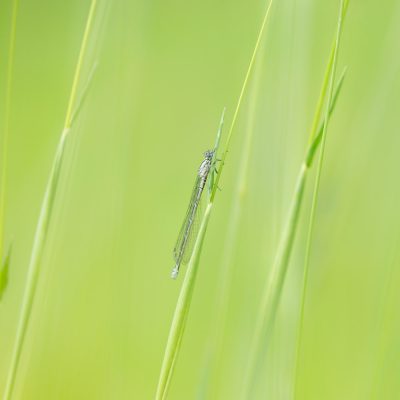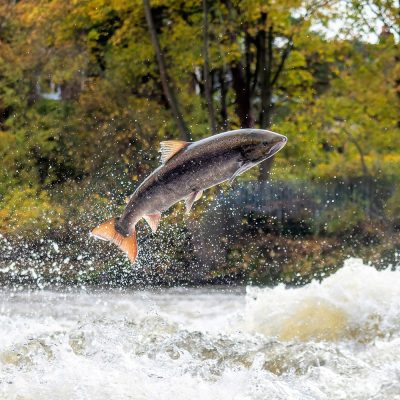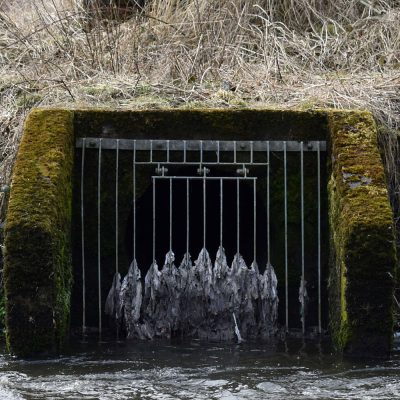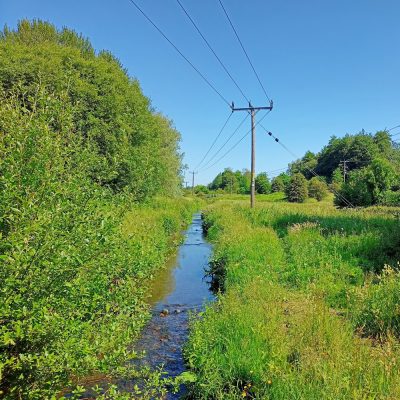Of all the water on earth, less than 1% (0.3% to be precise) is available freshwater. This water flows through our rivers, fills our lakes and wetlands, and exists beneath our feet in soil pores and rock fractures. This water is integral to all life. As humans, we rely on it for drinking, producing food and energy, and as an artery for transport and trade.
Despite its extraordinary scarcity and our absolute dependency on it, we fail to treat water with respect, as reflected by the desperate state of Britain’s rivers. For decades, they have been polluted, syphoned, fragmented, and had their natural flows modified beyond recognition.
The mighty River Severn is no exception. The Severn basin has around 400 rivers, 29 lakes and 33 groundwater bodies. According to Environment Agency figures, just 10% of these meet ‘good’ ecological condition.
What is contributing to this in the Severn?
River and floodplain habitat loss
We are blessed with a great many wild places and spaces throughout the Severn basin. The river channels, and associated floodplain, harbour many of these; supporting scare habitats and species from wildflower meadows, to ancient dingle woodlands. The ribbon of habitat associated with rivers plays an important role in preserving them, from keeping waters cool to buffering pollutants and preventing soil erosion.
Despite our environmental regulations, habitat loss remains widespread. Decline in management practices, agricultural intensification and development for housing and industry are all key contributors to the loss of our precious river and floodplain habitats.


River obstacles
River obstacles are any feature in the river that delays or prevents easy access to fish and other river wildlife. Here in the Severn basin, weirs (dams) and culverts (pipes) are the primary obstacles, posing a significant barrier to our fish species. Lots of these structures are now disused remnants of our industrial past, for example being built to run water wheels on old mills which are no longer needed.
Fish species including the enigmatic Atlantic salmon and the lesser known twaite shad make epic migrations to reach freshwater habitats, only to find them completely cut off. Fish are exhausted, injured, and even killed because they can’t get over these barriers. River obstacles are a chief factor in the massive decline in fish populations including salmon, eel, shad and lamprey.
Pollution
Sewage, nutrient, chemical and plastic pollution ravage our rivers, poisoning our fresh water and decimating wildlife. Nutrient pollution, be it from sewage or agriculture, can trigger algal blooms that deplete oxygen levels in the river and inflict huge damage on our river wildlife. Agricultural pollution and wastewater discharge are the main problems, spoiling water quality for our rivers in the Severn basin.
Agricultural pollution is the major threat. From the growing and browsing of winter root crops, leading to widespread soil erosion in the Severn uplands, to the spreading and seeping of chicken muck in the Teme catchment, to pesticide leaching from arable enterprises in the lower Severn, these pressures are widespread through the entirety of our river system.
In residential areas including small villages, towns and cities, raw sewage effluent routinely discharges into the catchment from our outdated sewage system. This is under increasing strain due to growing demand and worsening weather events.


Unnatural Flows
From the river Vyrnwy, near the Severn’s source, where flow regimes are hugely influenced by regulated discharge at the upstream dam, all the way down to the point at which the Severn meets the estuary, the river Severn, and most of its tributaries, have had their natural flow channels vastly modified. Causes of this include, the installation of dams, taking water for drinking and industry, and even the loss of river water into historic mining excavations.
Compounding direct human influences, is the wider effects of climate change. Increasing frequency and extremity of flooding mean that young fish, especially salmon and trout are being routinely washed away. By contrast, during summer months, low flows are increasingly causing several of our rivers to run dry leading to more death and destruction of our wildlife.

